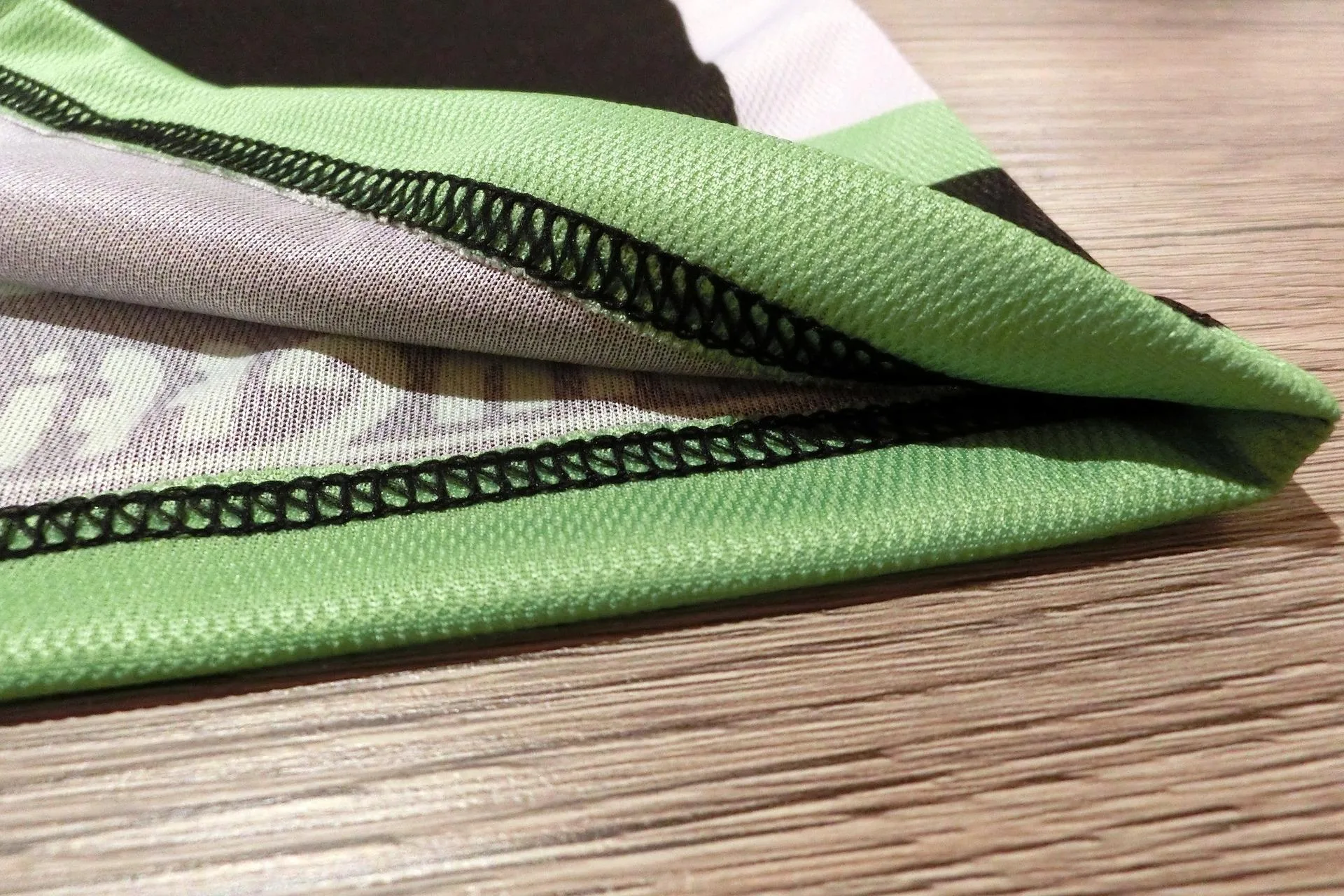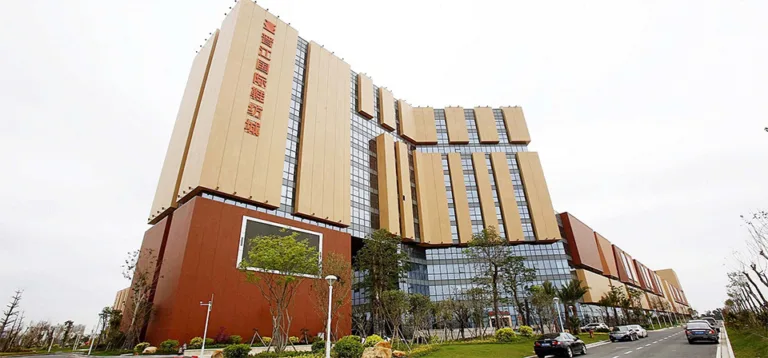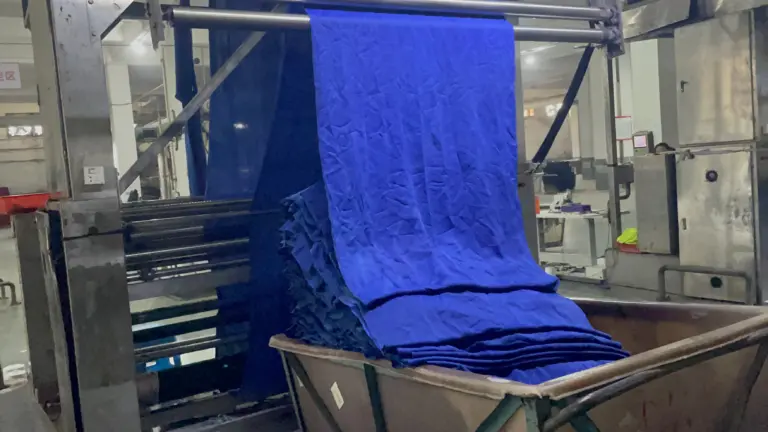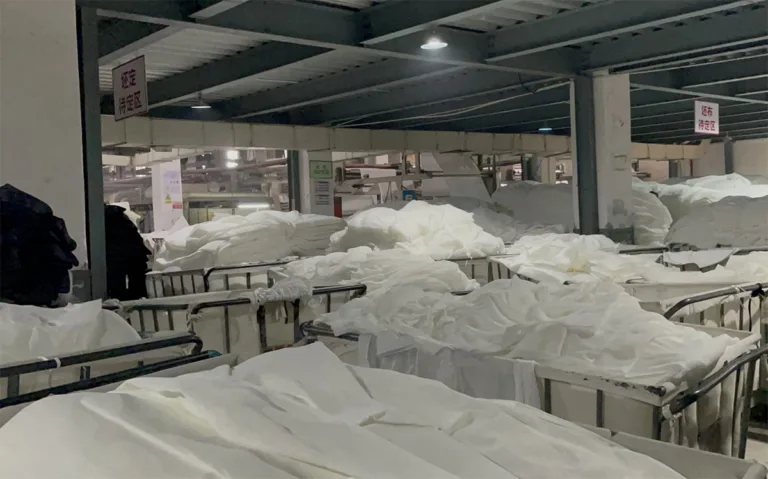What’s Mesh Fabric?
Mesh Fabric: Types and Making Process
Mesh fabric is a type of textile material that features an open weave structure with evenly spaced holes or gaps. This unique design allows for air and moisture to pass through the material easily, making it ideal for a wide range of applications, including shoes. In this blog post, we will introduce you to the different types of mesh fabric and how they are made, as well as how mesh fabric can be used in shoe design.
Types of Mesh Fabric
There are several types of mesh fabric available in the market, each with its own unique characteristics and uses. Here are some of the most common types of mesh fabric:
Nylon Mesh Fabric – This type of mesh fabric is lightweight and durable, making it perfect for applications where breathability is important, such as sportswear, camping gear, mosquito nets, and shoes.
Polyester Mesh Fabric – Polyester mesh is known for its strength and durability. It is often used for outdoor furniture, pool covers, and shade sails, as well as shoes.
Stainless Steel Mesh Fabric – Stainless steel mesh is corrosion-resistant and can withstand extreme temperatures. It is commonly used in industrial settings, such as filtration systems, sieves, and strainers, and is not typically used in shoes.
Plastic Mesh Fabric – Plastic mesh is lightweight and flexible, making it easy to handle and install. It is commonly used in gardening, landscaping, and aquaculture, as well as some shoe designs.
Making Process of Mesh Fabric
The making process of mesh fabric varies depending on the type of material used. However, the basic steps involved in making mesh fabric are similar:
Yarn Preparation – The first step in making mesh fabric is preparing the yarn. This involves spinning or twisting individual fibers to create a continuous strand of yarn.
Knitting or Weaving – The next step is to knit or weave the yarn into a mesh pattern. This process is done using specialized machinery that interlocks the yarn to create the desired pattern.
Finishing – Once the knitting or weaving is complete, the mesh fabric is finished to improve its properties. This may involve treatments such as dyeing, printing, coating, or laminating.




